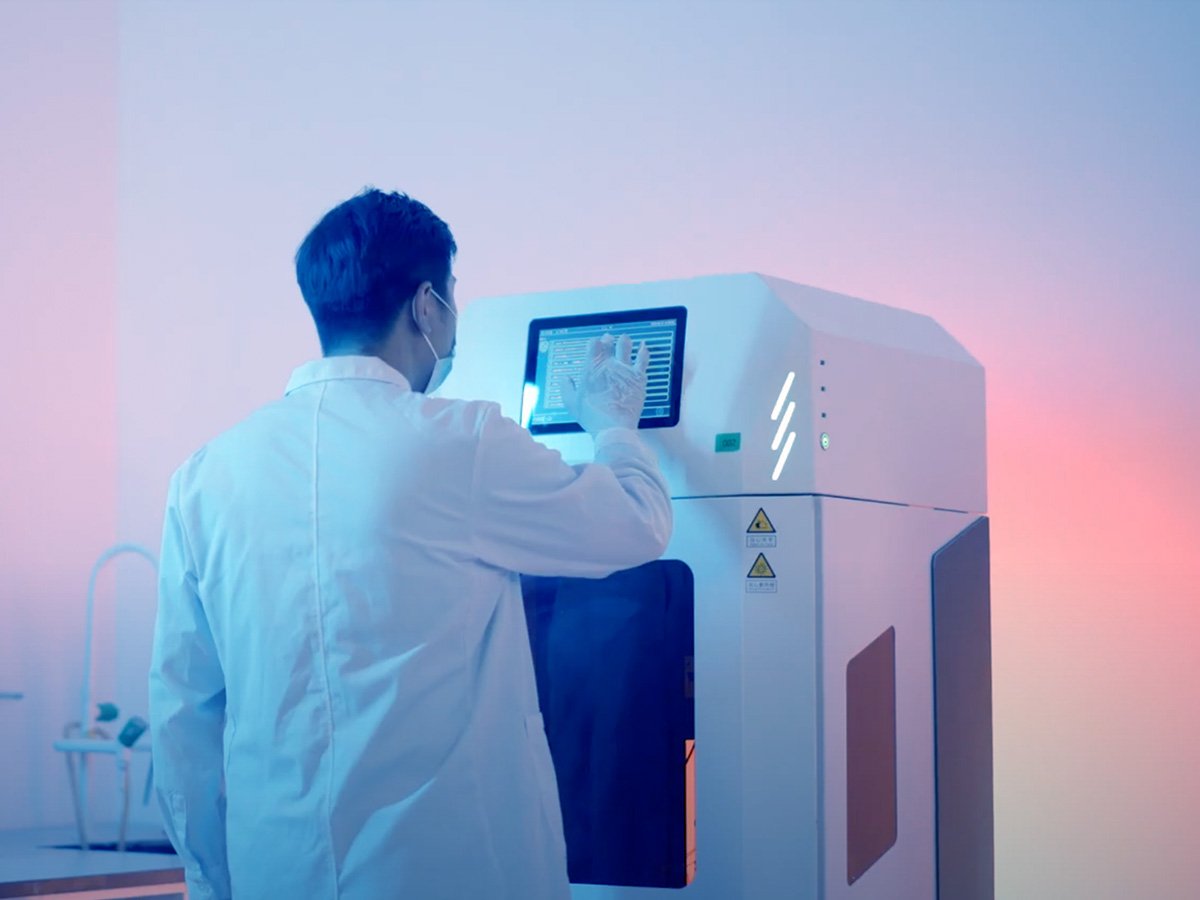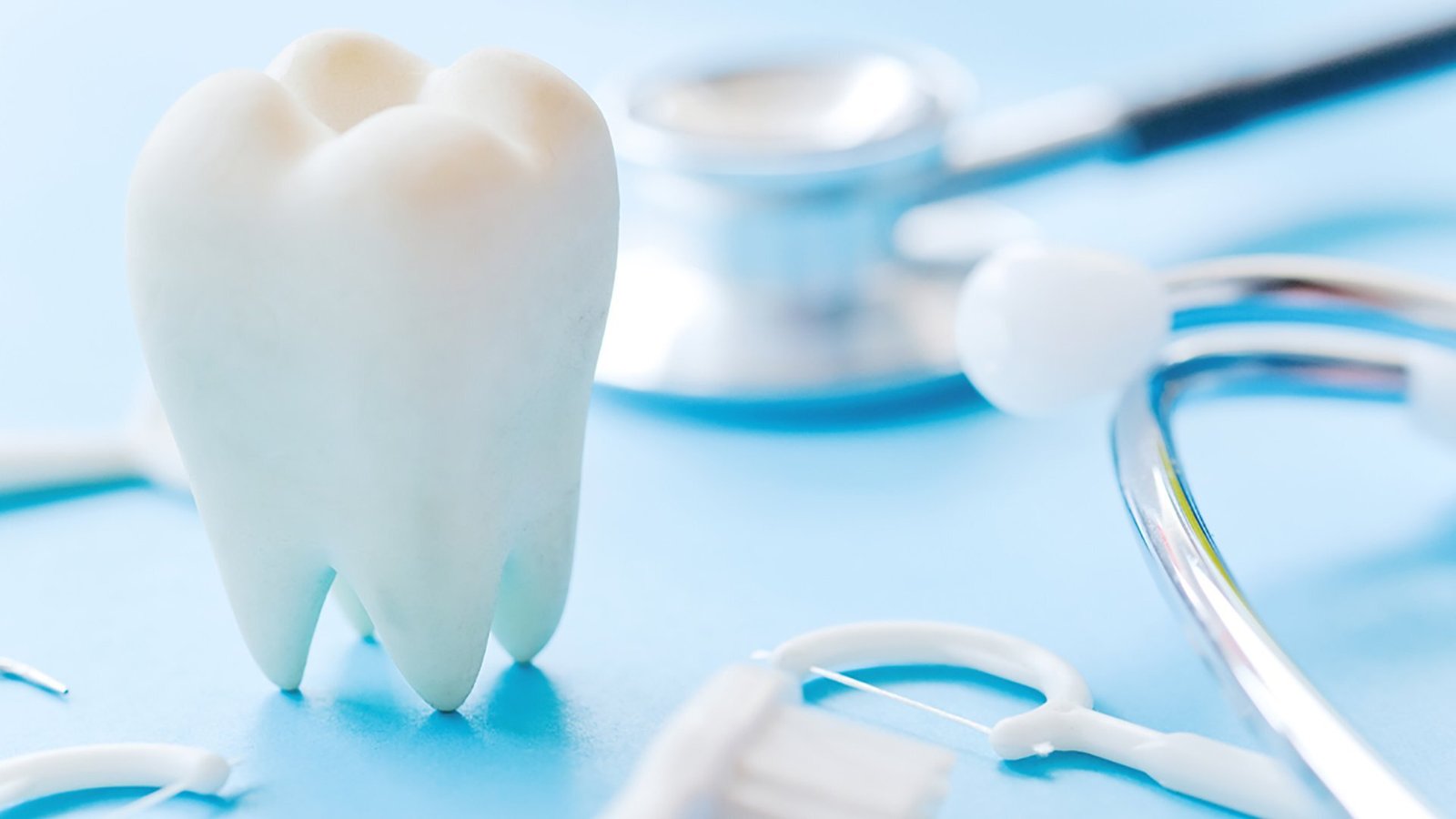Choosing the appropriate temporary materials in dentistry is vital to guarantee patient comfort and success in treatment cases. We need functional, aesthetic, and easy-to-use solutions, ranging from temporary restoration materials to dependable temporary filling materials, for both dental professionals and patients. This post covers the typical products listed in any temporary restoration material list. From crowns to bridges, emergency fillings, and everything in between, efficiency with dental temporary materials will help make the workflow smoother. And thanks to the innovations of your favorite brands like Aidite, you will discover the right temporary material dental option for every clinical scenario.
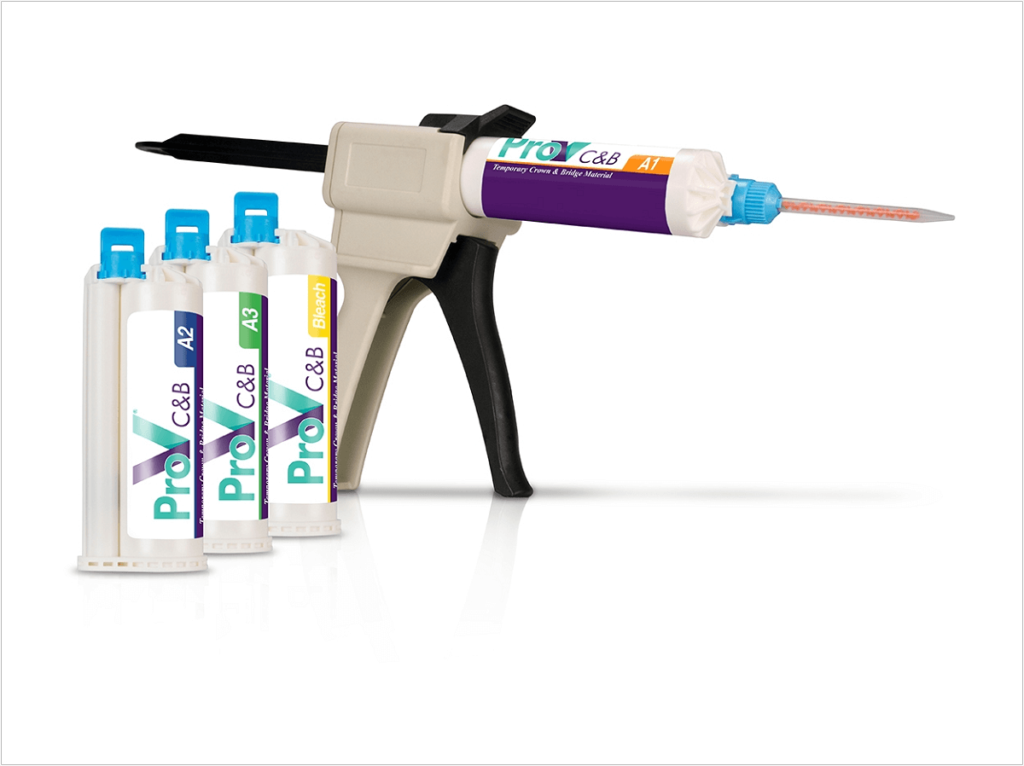
Top 10 Temporary Materials in Dentistry
Here’s a comprehensive list of the top 10 temporary materials in dentistry, covering their uses, features, and why they’re preferred in modern dental practice.
1. Zinc Oxide Eugenol (ZOE)
Zinc Oxide Eugenol is among the most frequently used temporary materials in dentistry, though it has been primarily used for short-term restorations alongside its application as a base.
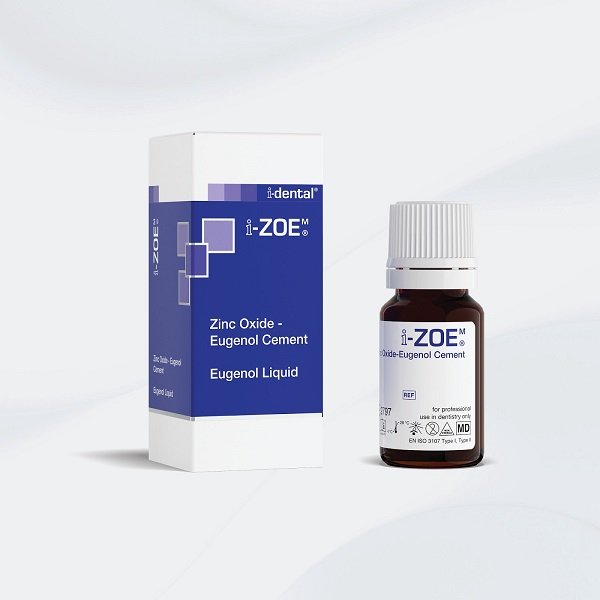
These materials are commonly used in:
- Temporary restorations on the posterior tooth
- Permanent restorations & Liners, or bases
- The temporary cements are used to hold crowns and bridges in place
Pros:
- The eugenol that acts to soothe the pulp
- Reduced microleakage, which is indicative of good sealing ability
- Simple mix and placement, including in deep cavities
Cons:
- Not suitable for high-stress areas due to low compressive strength
- May impede resin bonding, a disadvantage for future composite restorations
ZOE has retained a place in the armamentarium of dental temporary materials, particularly when a rapid, soothing, and simple temporary material dental alternative is required.
2. Resin-Based Composites
Resin based composites have found great possible during the top of development as a temporary material in dentistry.
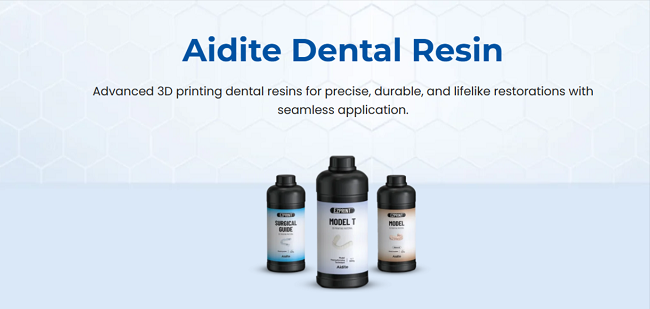
These materials are commonly used in:
- Temporary crowns and bridges for a permanent time
- Veneers in the anterior with provisionals
- Inlay/onlay temporization
Pros:
- Esthetically, what a natural tooth color looks like, so they can use
- Great compressive strength, used in bearing areas
- To make an even smoother surface, making it more comfortable and good-looking
Cons:
- Sensitive to the technique, it will need to be properly fouled off during placement
- Higher priced than conventional materials, such as ZOE
Because of their strength and aesthetics, resin-based composites are a leading temporary restoration material. They are well-suited for short and long-term temporary material dental applications.
3. Polycarboxylate Cement
One of the least dental temporary materials with good biocompatible properties is polycarboxylate cement, which is a somewhat milder material for very sensitive patients.
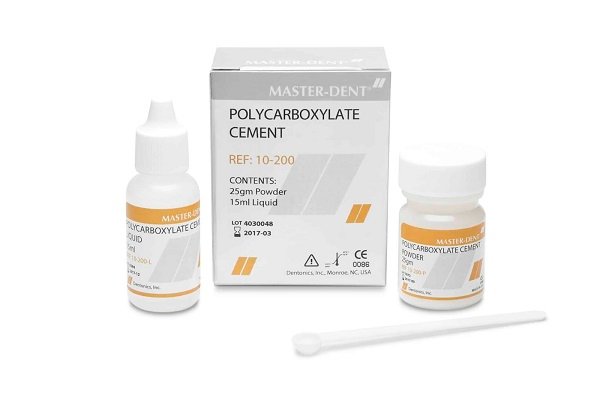
These materials are commonly used in:
- Provisional cementation of crowns and bridges, and inlays
- Material placed beneath permanent restorations
- Temporary cementation in pediatric and geriatric dentistry
Pros:
- Pulp exposure and sensitive patients require high biocompatibility
- Molecular adhesion to enamel and dentin of long-term retention
- Minimally deprived post-operative sensitivity, providing patient Comfort.
Cons:
- This material has moderate strength and is not suited for long-span temporization or high occlusal stress.
- Less favourable aesthetics and unable for the anterior zones
Within the wider range of dental temporary materials, polycarboxylate cement provides a middle ground that is tissue-friendly when necessary. Although not the best temporary material dental to be used in dentistry for its strengths, it is still one of the most useful products for a temporary,
4. Glass Ionomer Cement (GIC)
Temporary materials are diverse; dental practitioners are aware of glass Ionomer cement (GIC) as a fluoride-releasing and tooth-bonding multifunctional temporary material in dentistry.
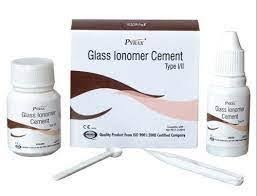
These materials are commonly used in:
- Interim restorations, especially in children and elderly patients
- Bases and liners under composite or amalgam restorations
- Cement for randomly seating crowns and bridges temporarily
Pros:
- The characteristic of discharging fluoride to prevent secondary caries
- No need for bonding agents since it chemically adheres to enamel and dentin.
- Resilience to humidity, which enables its use in less-than-ideal isolation conditions
Cons:
- Characteristics: Less compressive strength: Less appropriate for stress areas.
- Increased surface roughness, which may contribute to plaque build-up over time
5. Acrylic-Based Provisional Materials
Acrylic provisional materials are classic temporary materials in dentistry that have a long history of use in dentistry for their cost-effective nature and easy customization.
These materials are commonly used in:
- Temporary crowns and bridges (multi-unit restorations, especially)
- Esthetic zone temporary veneers and inlays
- Double Digit Renderings prevention of long-span temporaries; in complex restorative or restorative/implant procedures
Pros:
- Very Scope 3 flexible with simple fine-tuning & refinement
- Inexpensive and widely available, they are perfect for cost-sensitive applications
- Indication of color matching and aesthetic adequacy, which could be in the anterior regions.
Cons:
- Setting an exothermic reaction, possible tissue irritation
- Greater polymerization shrinkage than bis-acrylics
These materials are still a common setup in many dental temporary materials kits, having a nice balance of performance and a low price point. Over the years, although newer alternatives have come into play, acrylic-based materials have remained a trusted temporary material dental settings for esthetic and functional provisionalization.
6. Bis-Acrylic Composite Materials
The modern, high-performance temporary materials in dentistry are Bis-acrylic composites that provide a judicious combination of esthetics, strength, and ease of use.
These materials are commonly used in:
- Multiunit or esthetic zone temporary crowns and bridges
- Veneers, Interim & Smile Design Procedures
- Indirect Restorations: Provisional Inlays/Onlays
Pros:
- Better aesthetics with natural translucency and shade range
- Great for anterior and posterior work, and has high compressive strength
- Less shrinkage leads to improved marginal integrity
Cons:
- More fragile than regular acrylics, particularly in thinner areas
- Not as pliable, may predispose to fracture on removal
For their overall impressive strength and appearance, given these qualities, bis-acrylics often top the temporary restoration material lists. They are perfect when you need them for a temporary material dental solution, or both function and appearance are crucial for interim phases.
7. Cavit
Cavit is premixed, self-curing, and generally one of the simplest temporary materials in dentistry (particularly for short-term fillings).
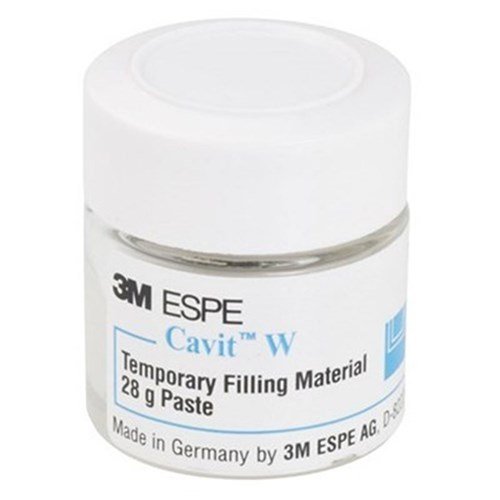
These materials are commonly used in:
- Closure of endodontic access cavities between root canal appointments
- Fillings are applied temporarily after caries incision (as in Phase I treatment) or to fill a cavity left during a phased treatment
- Quick fixes when time and tools are short
Pros:
- No mixing ready-to-use, saves chairside time
- Excellent sealing proficiency, minimized microbial escape
- Can be removed easily, as such is convenient during follow-up procedures
Cons:
- Weakened compressive tensile strength, which can not be used in high-stress areas.
- Short lifespan, usually lasts for several days to weeks at best
Cavit is a reliable dental temporary material, given its ease of use, temp is regarded as the gold standard among other temporary material dental. This is a pragmatic “tooth-colored” temporary restorative material for when time or ease of removal is most important.
8. IRM (Intermediate Restorative Material)
IRM, an improved version of zinc oxide eugenol, it is one of the strongest temporary materials in dentistry, and a common choice in general and emergency dental practice.
These materials are commonly used in:
- Simple Restorations in Posterior Teeth
- Interim fillings of teeth that are fractured or present with caries
- Restorations with a preserved base material
Pros:
- Higher launch specs than regular ZOE, more designed for the long haul
- Mild on the pulp for postoperative sensitivity
- Improved marginal seal, decreasing the entry of bacteria
Cons:
- Limited strength and durability compared to many resin-based dental materials
- Unesthetic and not suitable for long-term use
Flowable composites are temporary dental materials. The material is applied in much the same way as it is in permanent fillings, with a curing light solidifying it quickly.
9. Thermoplastic Temporary Crowns
These materials have gained popularity in temporary materials in dentistry as efficient provisional materials due to the fast phase of clinical procedures.
These materials are commonly used in:
- Pediatric dentistry concerning primary molars
- Single-Tooth, particularly posterior sites
- Emergency crown replacements
Pros:
- No time-consuming mixing necessary, perfect for chairside application
- Less chair time, with minimal preparation time needed
- Fit and finish are acceptable, performing anatomic shapes
Cons:
- Not very aesthetic, especially for anterior restorations
- Less customizable, which makes for harder contouring
10. Flowable Composites for Temporary Use
Although predominantly indicated for dental temporary materials, some flowable composites are modified for use as temporary material dental because they are easy to manipulate and versatile.
These materials are commonly used in:
- Minor Class I and Class V provisional restorations
- Impressions taken when treatment is being done in phases: sealants or liners
- Interim Fixes for Cracked Composite or Ceramic Restorations
Pros:
- Incredible flowability to be able to fill small or irregular gaps
- Easy to apply, great for temporary needs that same day
- Superior aesthetics over conventional temp filling material
Cons:
- This type has inferior wear resistance and is not suitable for high-stress occlusal surfaces
- Curing shrinkage, which can affect the marginal seal
Abstract background flowable composites are a little new class of dental temporary material, one which appears to be more accepted for conservative use. For small restorations and temporary restorations, they provide a rapid and aesthetic temporary material dental alternative.
FAQ
Q1: What are the most common types of temporary used in dentistry?
Some of the frequently used temporary materials in dentistry are zinc oxide eugenol, glass ionomer cement, and temporary restoration materials like bis-acrylic composites. Such are indispensable in the temporary restoration material checklist for provisional crowns, bridges, and fillings.
Q2: Are temporary filling materials safe for long-term use?
Temporary filling materials are used for a brief period of time. Though they offer enough protection, temporary restorations are not as strong as durable ones. Replace temporary dental materials in the mouth with long-term, professional-grade alternatives.
Q3: Which temporary restoration material dental product should I select?
Depending on the location, aesthetic demands, and functional needs, dentists can select an appropriate temporary dental product. Temporary materials in dentistry Identify the temporary restoration material list, temporary materials with the same materials as your clinical goal.
Summary
Taking the time to master temporary materials in dentistry allows for easier procedures and superior outcomes for the patient. Whether it’s a classic material such as ZOE or one of the newer materials that allow for temporary restoration materials, each material has a place in clinical practice. An optimized temporary restoration material list facilitates effective workflows and delivers quality care. The choice of temporary filling materials, dental temporary materials, as well as temporary dental, all play an important role. Innovations in the field led by trusted brands like Aidite offer materials that incorporate strength, aesthetics, and ease of use and make temporization much more efficient.

